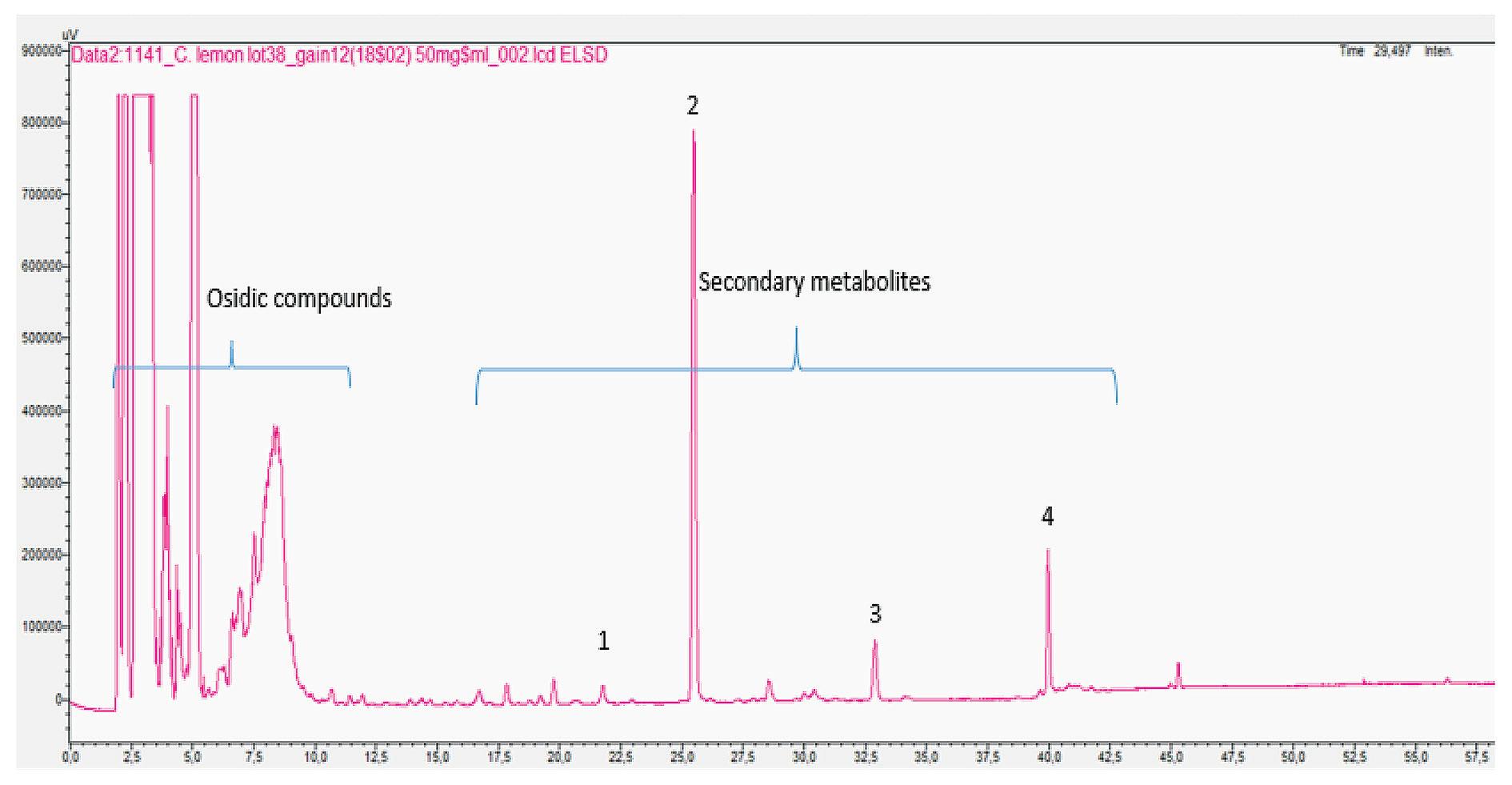28
Pigmentation and growth performance on seabream and shrimp Didier Coulmier, Désialis and Nicolas Robert, Aquaculture Consultant Nutrition & Health
In the current competitive market of farmed seabream, fish quality differentiation is vital for producers. Among good conformation, homogenous weight, pigmentation of seabream is one of these quality criteria that makes a difference and is easily recognizable by the advised final customer. The name itself, “gilthead seabream” is a reminder of the importance of the face coloration of this animal in the wild. The hue of wild coloration is mainly yellow, gold yellow, with possible pink irisations. Moreover, in the 30 last years, aquaculture has grown a lot. As a result, the demand and price of raw materials, especially fish protein dedicated to the feed industry has increased dramatically. This trend leads producers to find alternative protein sources, often vegetable proteins. For years now, natural raw material has been used with success for pigmentation of fish and crustaceans: the extract of alfalfa named “PX Agro”, an exclusive product of Désialis obtained from a unique extraction process. From the alfalfa forage, an exclusively physical process, collects a juice by press, that is then coagulated, centrifuged and dried to obtain the alfalfa extract, also named alfalfa protein concentrate. PX Agro contains a high level of pigments called xanthophylls, mainly lutein and zeaxanthin, in an amount much higher than corn gluten meal for instance (3 to 4 times more). PX Agro is also rich in proteins, with an interesting amino acid profile for feed formulators. Its phosphorus level is adequate to fish requirements and is in a very available form. This product is available in crumbles or pellets for feed manufacturers and is incorporated as raw material in feed recipes for fish such as seabream but also with success in shrimp feeds.
We briefly relate the results of accurately run pilot tests in well-known research centers as IMBC for seabream.
Seabream coloration Tests show a very clear effect on seabream pigmentation compared to the control, after 7 weeks (temperature 19-22°C). Operculum shows a bright gold yellow area, as well as on the front area, a clear 1 to 2 cm yellow line is also visible on the low part of the abdomen. Seabream conformation We find in this seabream test a hepatosomatic index reduction (liver size compared to body weight) of
Aquafeed: Advances in Processing & Formulation Vol 13 Issue 2 2021











